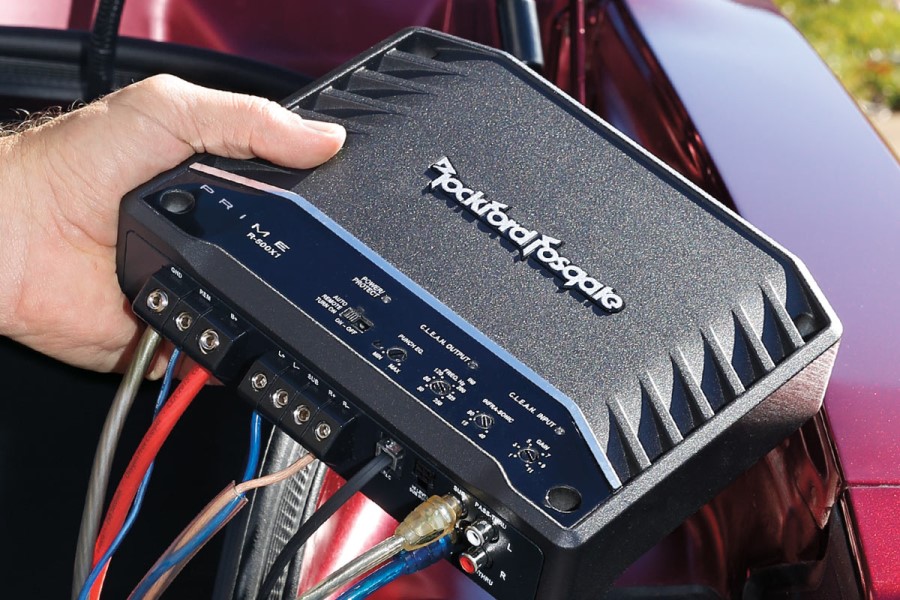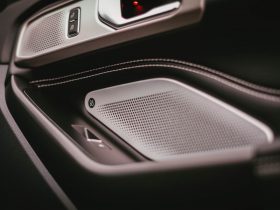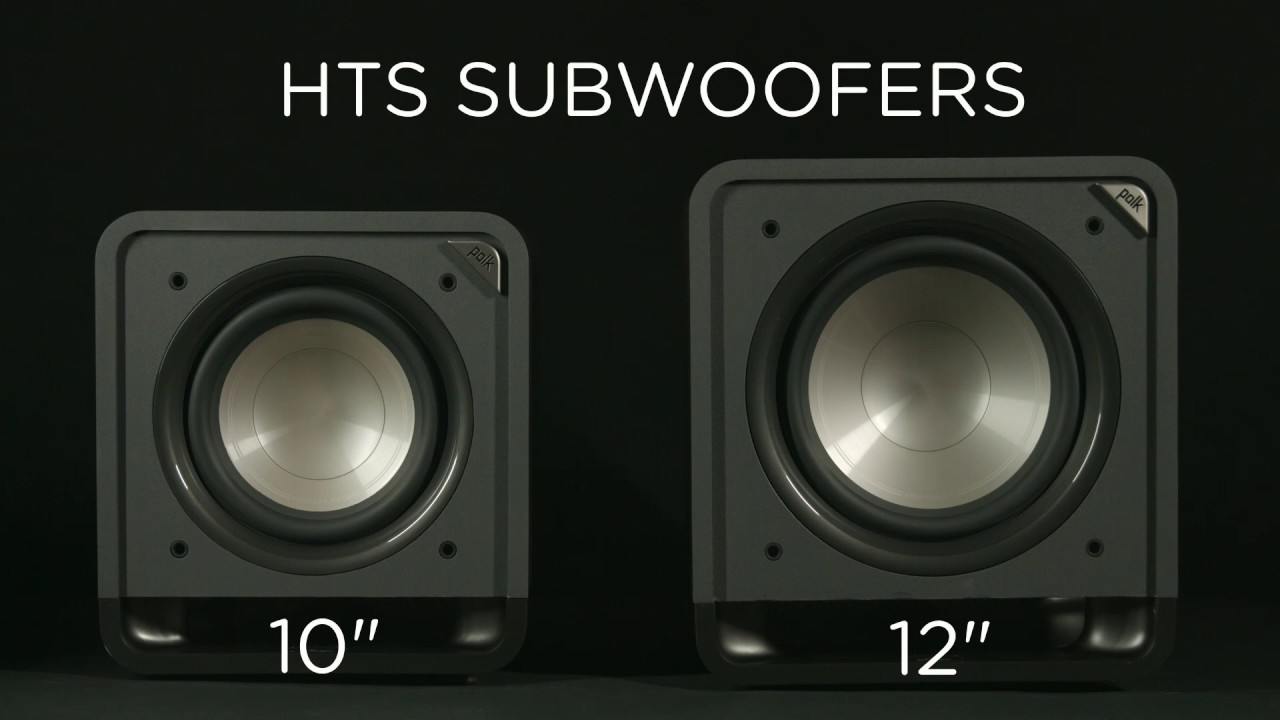Have you ever been in a situation where you have a sound system at your home or any party, and you had to connect a wire from your radio to the amplifier?
Several years ago, it was rare to find a quality set of aftermarket car audio equipment that you could connect directly to your radio.
But thanks to technological advancements, you can now buy an aftermarket wire harness that will allow you to connect to amps directly to your factory radio.
This article will explain connecting the remote wire (also called trigger wire) to the stereo.
Where To Connect Remote Wire for Amp?
For connecting the remote wire for the amp, you need a small wire harness or adapter to connect the remote wire to the back of your stereo.
This adapter is used to connect the power and ground and remote turn-on from your new stereo. The small turn-on wire is blue and white on the aftermarket harness, and you have to connect it to the blue and white wire on the stereo.
What Is Remote Wire For Amplifier?
The remote wire is a special wire that works with the amp and receiver to send a radio or CD player signal to your speakers.
It’s usually a blue with a white stripe wire on most aftermarket radios. It is a 12-volt turn-on to turn on your amplifier.
The remote wire, also known as the remote turn-on lead or accessory power feed wire, is a low voltage wiring system that provides electrical power to an amplifier. The purpose of this wire is to connect the amplifier’s remote terminal block to its ground.
Remote wires are made from plenty of conductors, which are shielded, so you don’t have to worry about interference from other electronics. You connect the remote wire to your amp and attach your speakers to it.
An amplifier is a secondary device that increases electric power by taking the low voltage audio signal from your stereo and boosting it to a higher-power voltage.
The main components are the preamp, input and output jacks, volume control, and power supply.
A remote wire for the amplifier is a very convenient way to control the sound quality of your car audio system from an external location. It is used to put the subwoofer in a trunk or back seat and still control it from a front seat.
Does The Remote Wire Have to Be Connected?
The remote wire has to be connected. It’s the same thing as when you turn off the car and have to put your key in the ignition, but it is not possible to start it without the key.
Once the remote turn-on connection is complete and you turn on the radio, the sound will be present.
The remote wire will work with any speakers, even ones you already own. It doesn’t matter if they are powered or unpowered.
How To Determine The Right Gauge Wire?
Gauge wire is the diameter of the wire used in a piece of electrical equipment. It is measured in the American Wire Gauge (AWG) system, created by the International Organization for Standardization (ISO). The AWG system measures the diameter of a wire, not its length or material.
The gauge indicates the thickness of a wire; the higher the gauge number, the smaller the wire. Using the wrong meter can lead to wire overheating, electrical shorts, and failure.
- The first step to determining which gauge wire you need for your amp is knowing how long it will be hooked up to a power source. For example, if you’re powering your amp with a 12-volt car battery or an AC adapter, it will be connected for relatively short periods.
- These small batteries and adapters typically charge up fast and have a low idle current draw. They can also be charged up and then trickle charged with a resistor.
- If you’re using a larger battery or a higher voltage power supply, it will take longer to charge. The charging time will also depend on the condition of your battery. If you’re using a new battery, it will take less time to charge than using an older battery.
- The smaller the number on the gauge, such as an 18- gauge wire, the larger the diameter of the wire. That means thicker wires can carry more current without overheating or burning out.
A remote wire harness is a connector that allows users to control their amp from a distance. The most common use for this is to keep the amp hidden under the hood of your car.
This keeps unsightly wires off the dashboard and frees up space in your trunk. It also makes it easier if you want to install a subwoofer.
You don’t want to be caught spending money on something useless and not working. To find the right product, you must research and read reviews before buying anything.
How To Connect Remote Wire to Amp?
To connect the remote wire for the amp, you first need to remove the trim panel around the radio. You will then be able to see where all of the wires go and make a connection at any point in this area.
If you’re not sure how any of it works, ask someone who knows what they are doing to come over and help you.
- First, you need to know how the remote wire works. The remote wire only sends a signal when you pull it. It carries no current.
- Next, you need the aftermarket harness. This harness has different colored cables and wires that you will match to the existing colors on your radio.
- One of the wires is for your ground, and one is for your hot lead. The third wire will be for your remote lead. You can connect your remote wire between your hot and ground leads on the stereo by using a butt connector.
- Ensure to match color for color.
The following are some standard wires used in this harness or adapter:
- The yellow wire used for 12V constant memory
- The blue wire is for the antenna remote
- Blue with white stripe is for antenna remote turn on
- Orange with a white stripe is for dash light dimming. These powers up the LED license plate light on the back of the trailer when the vehicle is running.
- The red wire is for the switch/accessory.
- Green wire is for the left rear speaker Battery positive (+)
- Green wire with black tracer for left rear speaker Battery negative (-)
- The white wire is for the left front speaker Battery positive (+)
- White with black tracer for the left front speaker Battery negative (-)
- Purple for the right rear speaker Battery positive (+)
- Purple with black tracer for the right rear speaker Battery negative (-)
- Gray for the right front speaker(+)
- Gray with black tracer for the right front speaker(-)
- Black wire to ground.
What Does The Remote Turn On Wire Do?
This is a simple, one-switch circuit designed to be used with a remote control device. It has two modes selected by pressing the button on the remote.
When the button is pressed once, the output will be ON if the input is OFF. Pressing the button again turns off the output.
This mode can be used as a manual ON/OFF switch to control whatever you wish to turn on or off.
When the button is pressed twice within 1 second, it will toggle the output between ON and OFF at a rate of about one cycle per second.
Where To Run the Wires For Your Amp
Every car is different, but the general rule is to run wires in the most direct route that avoids obstacles. This is a quick peek at where to run your amp wires in the car.
First, start with a 12- gauge wire coming from the battery. Hide it underneath your carpet and into the back seat.
You don’t have to drill a hole or anything; use push-fit connectors. After that, you may run them along with the back seat until they pop out behind the glove box area in front of the center console.
Then, run the wires through the rubber grommet in the center console and up to the fuse box. You can decide to run them under the steering column and up behind the dash. You could use a push-fit connector here as well.
Conclusion
While having a car amp is excellent for enjoying your music at higher volumes and with greater clarity, you need to ensure it’s properly installed.
The remote wire is just as crucial to a car audio system as the speakers it’s self. The remote wire carries the signal from your radio to your amplifier so that you can enjoy high-quality audio without interference.
It comes in many different varieties, but the most common type installed in cars today is RCA.






